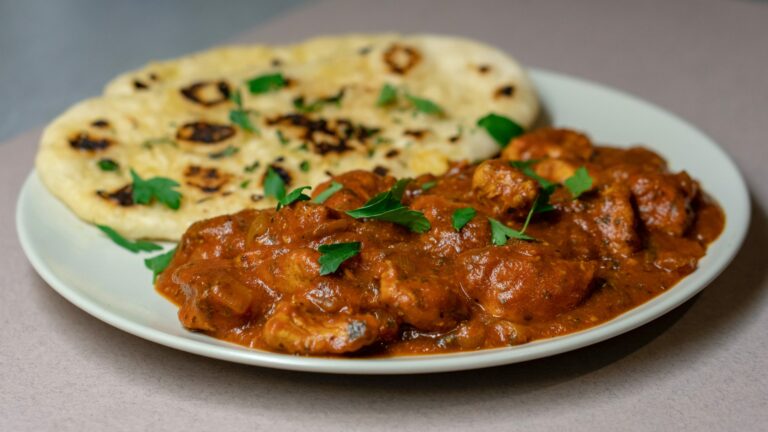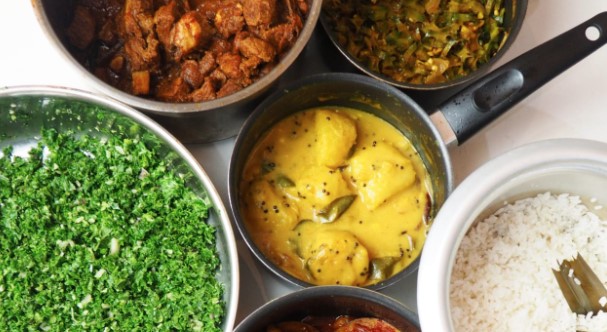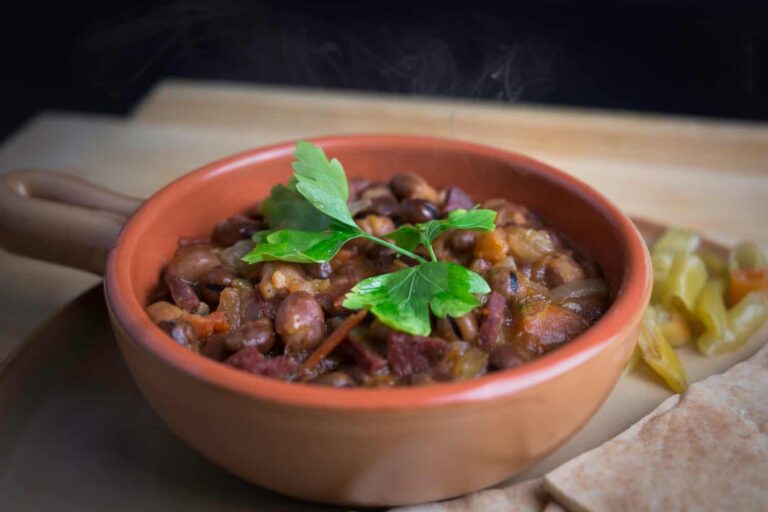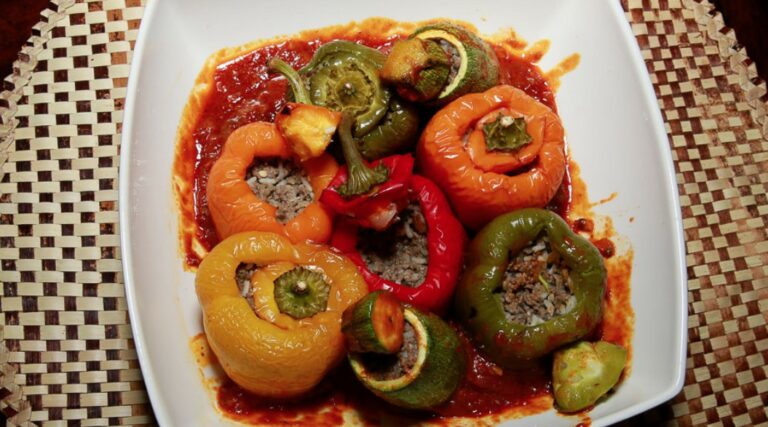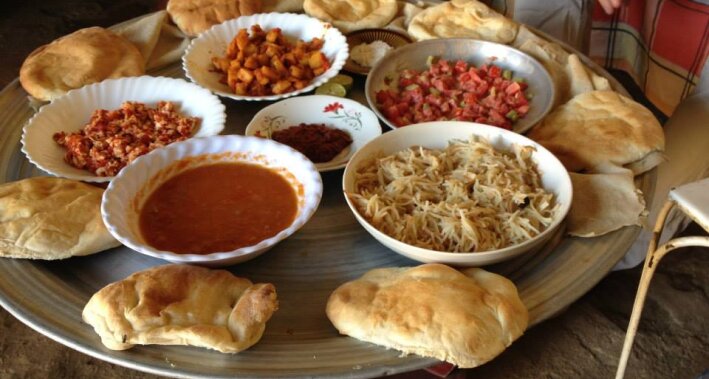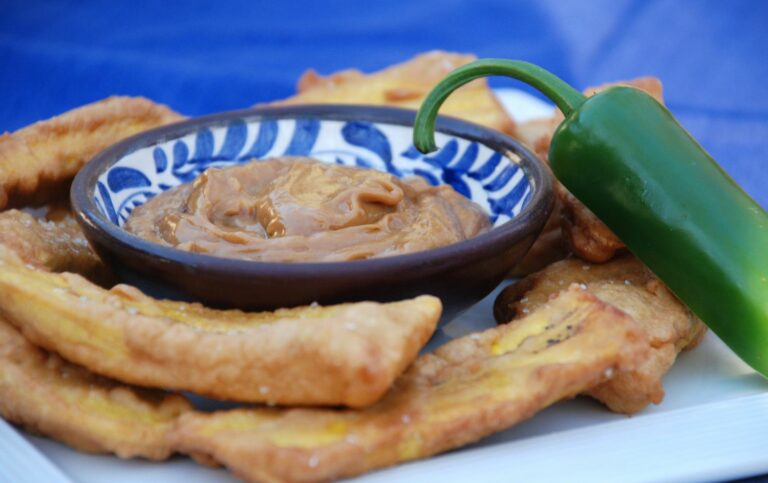Introduction: Exploring Sri Lanka’s Street Food Scene
Sri Lanka’s street food scene is a true delight for food lovers. The country’s diverse culinary traditions blend together to create a unique and delicious experience that’s sure to leave your taste buds tantalized. From the bustling streets of Colombo, to the historic city of Kandy and the seaside town of Galle, Sri Lanka has something to offer every foodie.
Sri Lanka’s street food is a reflection of its rich cultural heritage, with influences from India, Malaysia, and other neighboring countries. Street food vendors can be found everywhere, from roadside stalls to bustling markets and even in the humble homes of local families. Whether you’re looking for savory snacks, spicy curries, or sweet desserts, Sri Lanka’s street food has it all.
Colombo’s Best Street Food: Where to Find It
Colombo is Sri Lanka’s capital and largest city, and its street food scene is second to none. One of the best places to sample street food in Colombo is Galle Face Green, a popular park and promenade that’s home to dozens of food vendors selling everything from grilled seafood to crispy roti. Another must-visit spot is the Pettah Market, where you’ll find a dizzying array of street food options, from spicy samosas to creamy curries.
For a taste of traditional Sri Lankan cuisine, head to the Nugegoda area, where you’ll find street food vendors serving up mouthwatering favorites like hoppers (a type of rice flour pancake), kottu roti (a stir-fry of chopped roti, vegetables, and meat), and string hoppers (thin rice noodles steamed into circular shapes).
Uncovering Jaffna’s Hidden Culinary Gems
The city of Jaffna, located in the northern part of Sri Lanka, is famous for its unique Tamil cuisine. A visit to Jaffna wouldn’t be complete without sampling some of the city’s delicious street food. The Jaffna Market is a great place to start, with vendors selling everything from crispy vadai (lentil fritters) to spicy crab curry.
Another must-try street food in Jaffna is the famous Jaffna dosa, a savory pancake made from a mixture of rice flour and lentil flour, filled with a spiced potato filling and served with a variety of chutneys. For a sweet treat, try the Jaffna palmyra fruit juice, made from the juice of the palmyra fruit mixed with jaggery (a type of sweetener made from sugarcane).
Kandy’s Street Food: A Delicious Journey
Kandy is a historic city in central Sri Lanka, known for its picturesque lake and the stunning Temple of the Tooth. But it’s also a great place to sample some of the country’s best street food. One of the most popular street food dishes in Kandy is the Kandyan rice and curry, a flavorful mix of rice and several different curries, served on a banana leaf.
Another must-try street food in Kandy is the pittu, a type of steamed rice flour cake filled with coconut and served with spicy sambol. For a sweet treat, try the kiri-peni (milk toffee), a Sri Lankan candy made from milk, sugar, and spices.
Galle’s Street Food: From Seafood to Spicy Treats
Galle is a charming coastal town in southern Sri Lanka, known for its beautiful beaches and historic fort. It’s also a great place to sample some of the country’s best seafood street food. The Galle Fish Market is a must-visit spot, where you’ll find a wide variety of fresh seafood, from shrimp to crab to squid, grilled up right in front of you.
For those who like their food spicy, Galle is also famous for its fiery deviled dishes, which can be found at street food stalls all over town. The deviled chicken is a particular favorite, with tender chunks of chicken cooked in a spicy sauce with onions and peppers.
Final Thoughts: Why Sri Lanka’s Street Food is a Must-Try
Sri Lanka’s street food scene is a true delight for foodies, with its diverse flavors and unique culinary traditions. From the bustling streets of Colombo, to the historic city of Kandy and the seaside town of Galle, Sri Lanka has something to offer every palate.
Sampling Sri Lanka’s street food is also a great way to experience the country’s rich cultural heritage and connect with its friendly and welcoming people. So be sure to add Sri Lanka to your list of must-visit food destinations, and get ready for a culinary adventure you won’t soon forget.

